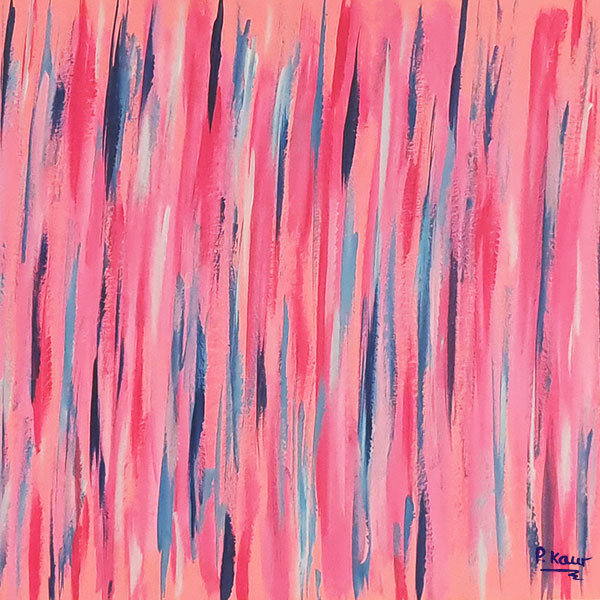Murals date back thousands of years, to our early human ancestors living in caves and small tribes across the globe. Cave paintings are the earliest known murals, art painted onto walls to convey some story or other message. The earliest known cave paintings that have been found, is thought to date back 64,000 years. Other cave paintings date back to 40,000-12,000 years ago.
Dating the Palaeolithic period
The Palaeolithic period in human history begins somewhere around 2.6 million years ago. The Lower Palaeolithic period lasts from approx. 2.6 million years ago up to 250,000 years ago and during this period the invention of hand axes and cleaving tools came about. The Middle Palaeolithic goes from around 250,000 years ago to maybe 50,000 – 30,000 years ago. Flake tools and the extended use of fire was significant during this period. The Upper Palaeolithic began around 50,000 years ago up to around 10,000 years ago.
Upper Palaeolithic Art
It was during the Upper Palaeolithic period that we find the first forms of art that humans were creating. There is an incredible cave painting which is located in Spain, the La Pasiega Cave. This is essentially a gallery of art of 120 metres long. The exact dating is debated but some people say it is as old as 64,000 years which means it’s possible that the Neanderthals may have done some of it. It was probably built up over a period of time. The main imagery is of animals, horses, cattle and deer. These were most likely the animals they hunted as domestication of animals happened around 10,000 years ago. There are also abstract designs of dots, lines and other shapes, sometimes joined with the animals and sometimes as inscriptions of sorts.
There are a few other notable caves with beautiful paintings in them. There is Altamira Cave in Spain which has inspired some of the Spanish culture in regards to art and some logos that companies use today. Also the Chauvet Cave in France which included also bones of extinct animals and footprints of humans and animals. This cave dates back to around 30,000 years ago.
Timeline of art works
43,900 BCE – caves in maros-pangkep karst in Indonesia
40,000 BCE – el Castillo cave in Spain
32,000 – 35,000 BCE – Coliboaia cave in Romania
34,000 BCE – The Aurignacian industry (time is divided into industries in the Palaeolithic). Earliest cave paintings
30,000 BCE – Chauvet-Pont-d’Arc Cave
28,000 – 20,000 BCE – Gravettian industry, named after a site in France. Venus figurines date to this period
26,000 BCE – Venus figurines made from stone or mammoth tusks, women are obese with few facial features.
25,000 BCE – Venus of Willendorf from Austria. Most famous figurine from paleo times.
22,000 – 12,000 BCE – La Pasiega Cave Spain (one symbol found to be 64,000 years old)
18,000 – 14,000 BCE – Altamira cave Spain
17,000 BCE – Lascaux France
16,000 – 10,000 BCE – Magdalenian industry, named after a site in France. Finest cave paintings created in this era.
10,000 BCE – Bhimbetka rock shelters, India
Palaeolithic paint
The paints that were used were made from ochre and charcoal, to make red, yellow and black. These are the most common colours found in cave paintings. White does make an appearance later on which is made from natural chalk. The rocks and minerals were ground up and then mixed with some liquid and applied to the surface. The liquid could have been a range of things, like water, blood, urine, egg yolks or oils. There are some areas of this huge cave painting that were lightly engraved suggesting use of tools to create art. It’s thought that the first use of pigments dates back to 100,000 years ago.
The early paints wouldn’t have been able to withstand open elements, so the cave paintings were preserved due to rock falls covering the entrances of the caves. It is quite possible that paintings were completed on walls outside somewhere and have been weathered away. Due to evolution, experimentation of life in general and the way we learn from things, it is possible and somewhat logical that early humans first created art on external walls, and moved to caves when they learnt that their paint formulas don’t last the test of time. They probably didn’t anticipate or plan blocking the caves with rocks, though it may have crossed their minds, but logically, the paint would have preserved better inside a cave rather than out in the open. An interesting tho ught and so much we don’t know.





